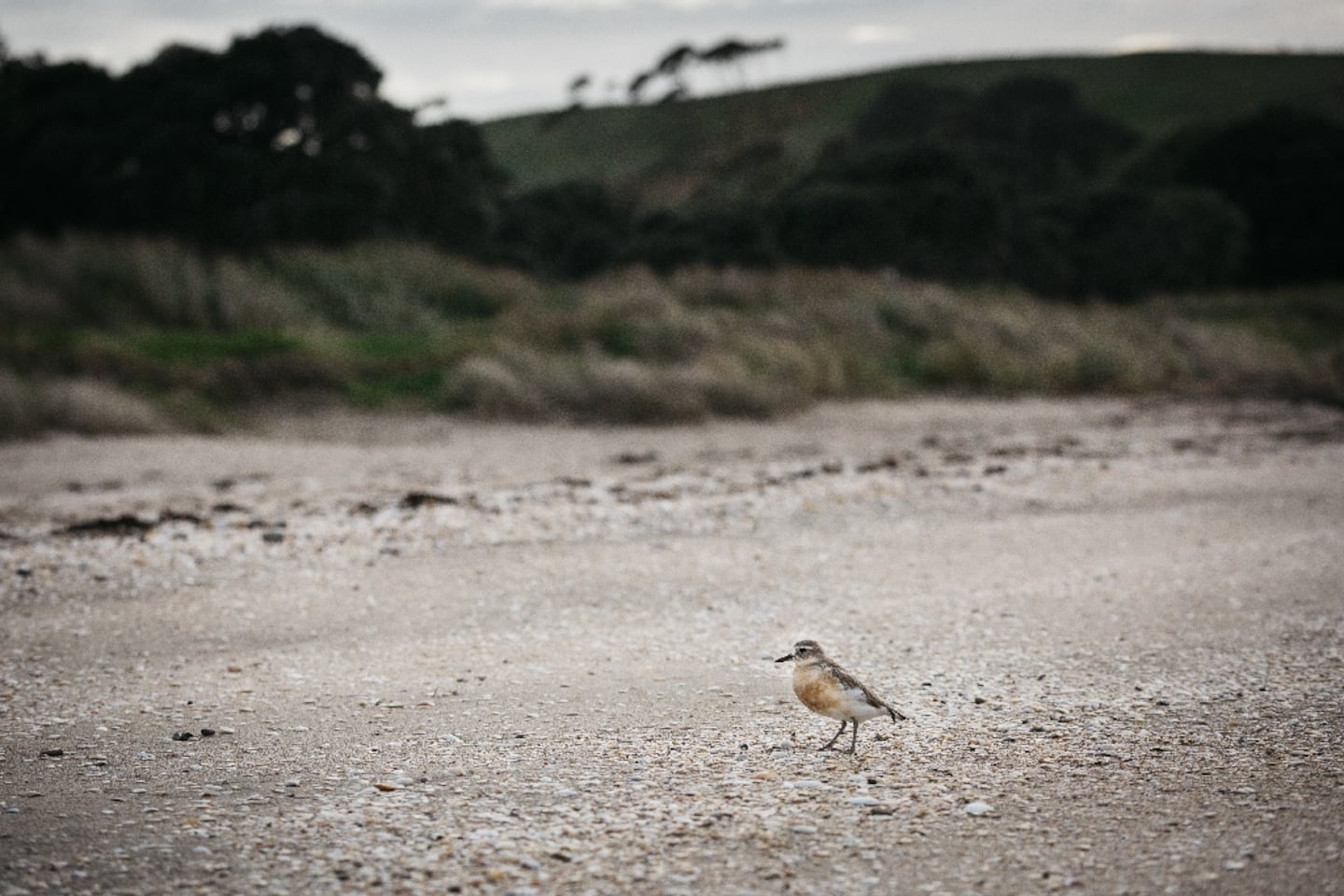A new hapū-led initiative, Poipoia Te Kākano, aims to protect the delicate ecosystems and endangered species of the Kaipara catchment.
A partnership agreement was signed into effect today at Te Hana Ao Marama Marae by Te Uri o Hau, Te Roroa, Ngā Maunga Whakahii, Auckland Council, Northland Regional Council, and the Department of Conservation.
The partnership is named Puawai ki Kaipara and the initial aim is to rid the five peninsulas encircling the Kaipara Harbour of pests, which include possums, rats, stoats, weasels, ferrets, pigs and feral cats. This area covers 105,000 hectares.
Once this is achieved the project will extend into the entire Kaipara catchment area, which is an additional 543,000 hectares.
The area is considered to be one of global ecological significance as it is a migratory bird habitat.
Rare species like the kuaka (bar-tailed godwit) feed in the harbour during summer before returning to the northern hemisphere to breed and the wetlands provide feeding and roosting grounds for migratory waders.
Many endangered species
The area’s ecosystems are inhabited by many endangered species including the tara iti (fairy tern), mātātā (North Island fernbird), and kiwi. The coastal dunes and dune lakes along the western coast are home to matuku-hūrepo (Australasian bittern), moho pererū (banded rail), tūturiwhatu (New Zealand dotterel) and other species.
Kia Puawai ki Kaipara, the partnership, is led by the Kaipara Uri and is one of two Māori-led Predator Free 2050 projects in Auckland.
Poipoia Te Kākano project lead Victoria Kurupō said the partnership emerged from the united goal to combat predator invasions threatening the region’s biodiversity. She said the name came from the whakataukī which was their “guiding philosophy”, Poipoia te Kākano, Kia Puāwai (Nurture the seed and it will blossom).
“Our work is deeply rooted in the principles of kaitiakitanga (guardianship) and mātauranga (traditional knowledge). This initiative is about creating a sustainable future for both our environment and communities,” Kurupō said.
“With support from Predator Free 2050 Ltd, we have made significant strides in assessing and planning our predator elimination strategies, and an intensive feasibility study has guided us in identifying the needs of each peninsula.”
Taniwha travels
Kurupō said the focus on the five peninsulas - Poutō, Hukatere (Tinopai), Puketōtara (Ōneriri), Ōkahukura (Tāporapora), and Te Korowai o Tonga (South Head) - came from the legend of the taniwha Pokopoko Whiti te Rā.
Pokopoko Whiti te Rā was a guardian of the Kaipara harbour and the wide banks were said to have been carved by the travels of the taniwha.
Auckland Council policy and planning committee chairRich ard Hills said the support Auckland Council was providing Poipoia Te Kākano would help align community and council activities on the environmental initiative.
“Poipoia Te Kākano is about working together for the protection of the special ecosystems inhabited by many endangered indigenous species that are pressured by introduced pest animals,” Hills said.
“This initiative will focus on predator control, restoring native species and protecting an ecological sanctuary that acts as a haven for migratory birdlife from all over the world, and as nature’s corridor between Auckland and Northland. What we do to protect this precious area has a flow-on effect for other ecologically significant areas in Aotearoa.”
Auckland Council general manager environmental services Samantha Hill said the partnership represented a shared goal to protect ecosystems and species that were “profoundly important”.
“The dunes, lakes and the surrounding forest and wetlands are of cultural and ecological significance to so many. As caretakers of the natural environment we have a collective responsibility to protect and restore it, and the taonga species that live within it,” she said.
“We are uniting in this partnership to align our efforts and resources so we can make a lasting impact, by working together to more effectively control a range of pest animals that threaten this taonga.”




